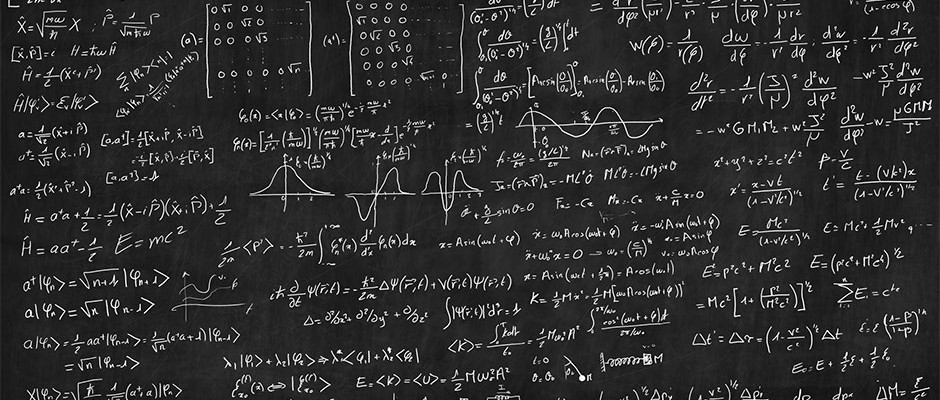The late 19th century saw major controversial notions springing up. Determined to disprove the existence of atoms, the famous Max Planck – German physicist, went into researching and subsequently made a discovery which rather proved the idea, converting him to a committed atomist.
Addressed by a number of names including quantum mechanics and quantum theory, quantum physics remains a mind-boggling concept that focuses on moving objects. At various levels, these objects could be viewed in molecular, atomic or sub-atomic fields such as electrons and protons, such that a significant part of our tech-devised life depends on it.
The pursuit of gravity as a concept under the quantum subject remains essential to science. Take for instance a helicopter flying at a fixed speed. In order to calculate its classical momentum, one can measure the object’s mass as well as its velocity, multiplying both outcomes. Alternatively, in finding the momentum of an electron, freely in motion within a vacuum, calculations in quantum mechanics are made through a specific mathematical operation based on the electron’s wave function. Such operations are mathematical instructions, also regarded as quantum information, which we can think of as ‘keys to unlocking’ the wave function.
Various researchers find the idea of a parallel universe based on quantum mechanics which is also the mathematical interpretation of subatomic particles. Here, just like in mathematical permutations, multiple states of existence for tiny particles seem possible at the same time thus it is grounded on a “wave function” which captures all the possibilities. (Stein & Dobrijevic, 2021). Interestingly, in spite of all the possible outcomes, we are only able to observe one of the outcomes and this is when the wave function “collapses” into a single reality. (Copenhagen interpretation of quantum mechanics)
How is this relevant to our time? Between these particles, information can be teleported such that they travel even while in a separated space. That is what quantum information is used for. Encrypted messages can be sent across communication channels with little to no possibility of decryption. This allows for safer transmission of confidential information. The goal is to use the information to build new versions of powerful computers which can swiftly solve problems that present-day computers will use years to solve (Webb, 2021).
AIMS is contributing to the generation of Quantum Information and Computing through the Quantum Leap Africa Initiative which seeks to catalyze top quality high impact research in data science, smart systems engineering and drive the future IT revolution. It is also mandated to train the next generation of innovators in information science and technology. AIMS Ghana also has Quantum Algebra as one of its research focuses, dedicated to producing relevant ideas that contribute to using quantum information and computing, to solve global challenges.

